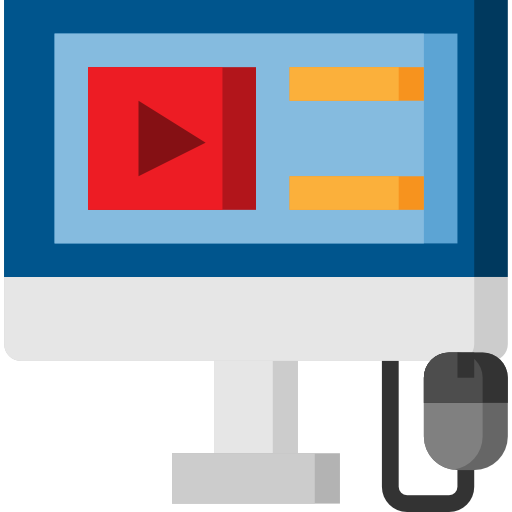NETWORK IPT TRAINING
DLK Career Development Centre offers a way for the students to work with live application by offering a internship program. We will be encouraging the students to work with Real time projects.
- Real Time Experts as Trainers
- Certification
- Flexibility
- LIVE Project
- Affordable Fees
- Placement Support
Have Queries? Talk to our Career Counselor for more Guidance on picking the right career for you!
Enquiry Form
- Program Overview
- Key Features
- Java Course at DLK
- Curriculam
All Courses
NETWORKING IPT TRAINING
DLK Career Development Center holds out top fine ipt in Chennai with an exceedingly skillful mixture of gifted instructors, outstanding and smooth-read ipt materials, and first-rate studying surroundings that actually shelve our ipt phase inside the pinnacle schooling’s rack. Our ipt allows theoretical standards to be bolstered with tremendous hands-on periods. Our ipt allows you to offer both standard and custom courses with a view to manage you from being a novice to an App-Maker (real time utility improvement).
Networking ipt training fabricates to gain the knowledge about communication of servers. It focuses on the latest technology, oriented training and also we have certain protocols to follow as well. We ensure that the college students as well as the beginners in Chennai receive their ipt training course completion certificate in Chennai.
BENEFITS OF ATTENDING THE IPT TRAINING
Practical Experience. At the end of the Training you will be assisted on creating a project. Certificate and Software CD’s will be provided.
- Learn inquire about based key learning and instructing hones.
- Figure out how to enable understudies to assume liability for their own particular satisfaction and achievement.
- Team up with associates on best practices.
- Rehearse useful classroom techniques you can use in your classroom tomorrow.
- Comprehend why numerous understudies go about as they do when confronted with troublesome school courses.
- See how everybody's taking responsibility for/her own particular practices rearranges instructing any substance range
- Figure out how to join learning procedures into substance coursework.
Our Curriculam
Section 1: Introduction About Computer
An operating system is the most important software that runs on a computer. It manages the computer’s memory and processes, as well as all of its software and hardware. It also allows you to communicate with the computer without knowing how to speak the computer’s language. Without an operating system, a computer is useless.
Microsoft’s first operating system, MDOS/MIDAS, was designed along many of the PDP-11 features, but for microprocessor based systems. MS-DOS, or PC DOS when supplied by IBM, was based originally on CP/M-80.
Each of these machines had a small boot program in ROM which loaded the OS itself from disk.
1. Hard Disk
2. Ram
3. Keyboard
4. Mouse
Section 2: Basic Networking Concepts
- Network Topologies
- Networking Model
- The OSI Model
Section 3: Introduction To Various Networking Devices
- Routers & Switches
- Modems & Hubs
- Wired And Wireless Technology
Section 4: Network and Basic Configuration
- Setting IP Addresses
- Network Troubleshooting
- PING Test, Ipconfig
Section 5: Introduction to Servers and Security
- Types Of Servers
- Basics Of Internet And Intranet
Frequently Asked Questions
In information technology, networking is the construction, design, and use of a network, including the physical (cabling, hub, bridge, switch, router, and so forth), the selection and use of telecommunication protocol and computer software for using and managing the network, and the establishment of operation policies and procedures related to the network.
A computer network is a set of computers connected together for the purpose of sharing resources. The most common resource shared today is connection to the Internet. Other shared resources can include a printer or a file server.
Defined by their size and complexity, they come in four main types: (1) small networks, used for the connection of subassemblies and usually contained in a single piece of equipment; (2) Local Area Networks, or LAN, cables or fibers used to connect computer equipment and other terminals distributed in a localized area, such as on a college campus; (3) Metropolitan Area Networks, or MAN, a high-speed network used to interconnect LANs spread around a small geographic region such as a city; and (4) Wide Area Networks, or WAN, multiple communication connections, including microwave radio links and satellites, used to connect computers and other terminals over large geographic distances.
A network is defined as a group of two or more computer systems linked together. There are many types of computer networks, including the following: local-area networks (LANs): The computers are geographically close together (that is, in the same building).
LAN (local area network)
MAN (metropolitan area network)
WAN (wide area network)
The main function of a computer is to process data. The various types of processing device in a computer are;
a) Microprocessor
b) Chipset
c) BIOS




















